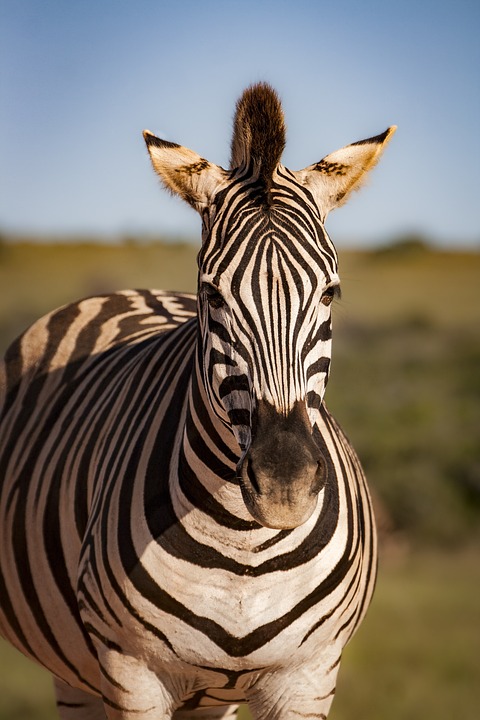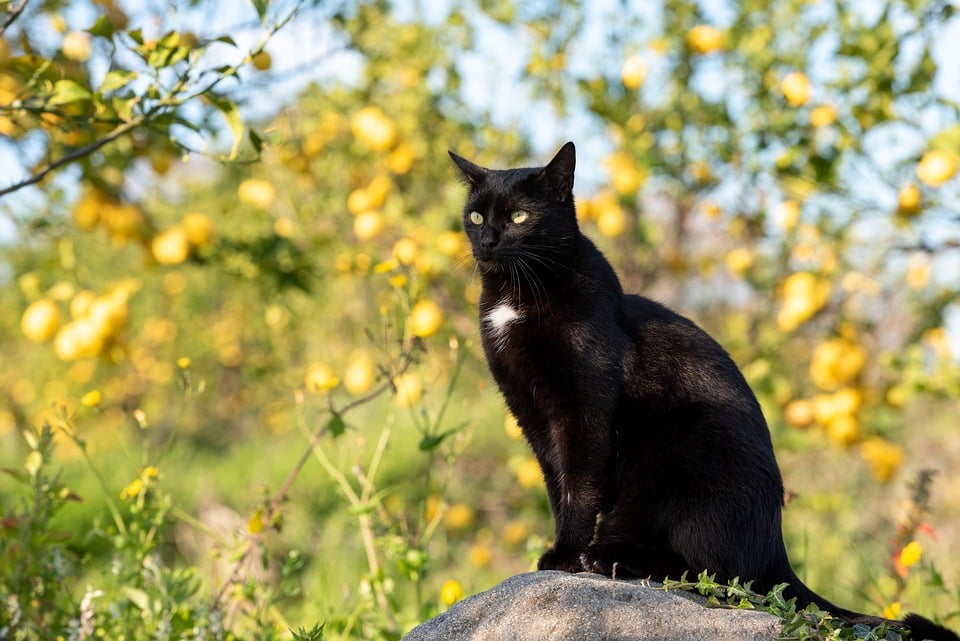Camera traps have revolutionized the way researchers and conservationists study wildlife in their natural habitats. These remote cameras are equipped with motion sensors that trigger when an animal passes by, capturing candid images and videos of elusive and rare species. The use of camera traps has provided valuable insights into the behavior, population size, and distribution of wildlife, helping to inform conservation efforts and protect endangered species.
One of the key advantages of camera traps is their ability to monitor wildlife without human interference. Traditional methods of studying animals, such as direct observation or radio tracking, can be invasive and disruptive to the animals‘ natural behavior. Camera traps, on the other hand, allow researchers to observe wildlife from a distance, minimizing disturbance and ensuring more accurate data collection.
Camera traps have been instrumental in capturing rare and elusive species that are difficult to study through traditional methods. For example, camera traps have captured images of elusive big cats like leopards and jaguars, as well as endangered species like snow leopards and Amur tigers. These images provide valuable information about the animals‘ behavior, habitat use, and population dynamics, helping researchers better understand and protect these species.
In addition to capturing images of rare wildlife, camera traps have also been used to monitor the impact of human activities on wildlife populations. By placing camera traps in areas affected by habitat destruction, poaching, or other threats, researchers can gather data on how these activities are impacting wildlife. This information can then be used to advocate for conservation measures and policy changes to protect vulnerable species and their habitats.
Camera traps have also become a valuable tool for engaging the public in wildlife conservation. The images and videos captured by camera traps can be shared on social media and in educational materials, raising awareness about the importance of protecting wildlife and their habitats. By showcasing the beauty and diversity of wildlife through camera trap images, conservationists can inspire people to take action to protect the natural world.
Overall, camera traps have revolutionized the way we study and protect wildlife. By providing a non-invasive way to monitor animals in their natural habitats, camera traps have opened up new possibilities for research and conservation. As technology continues to advance, camera traps will likely play an increasingly important role in our efforts to understand and protect the incredible diversity of life on Earth.





